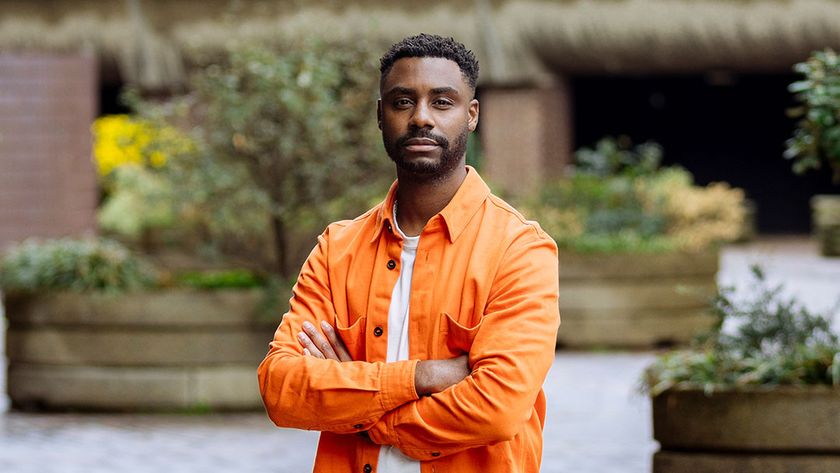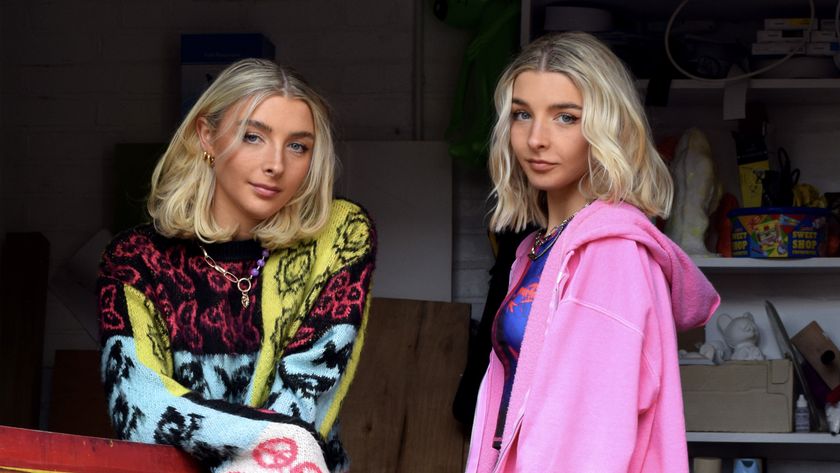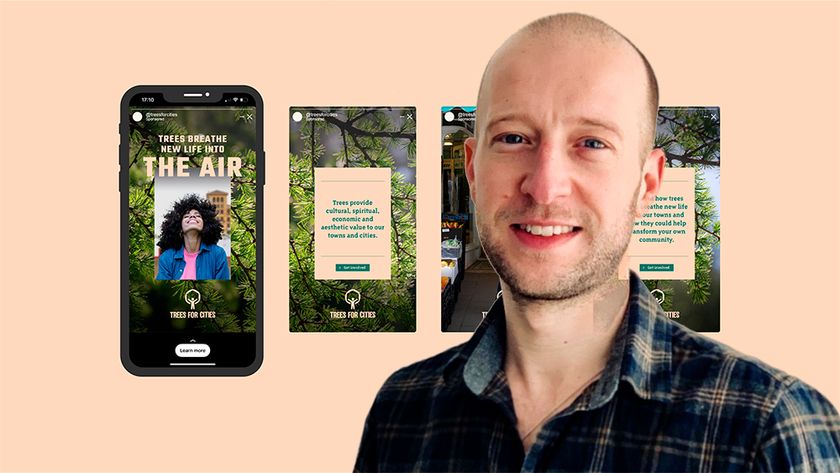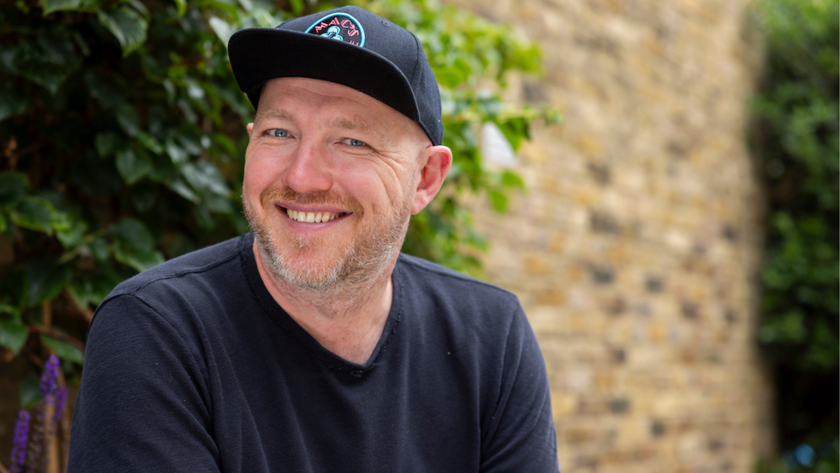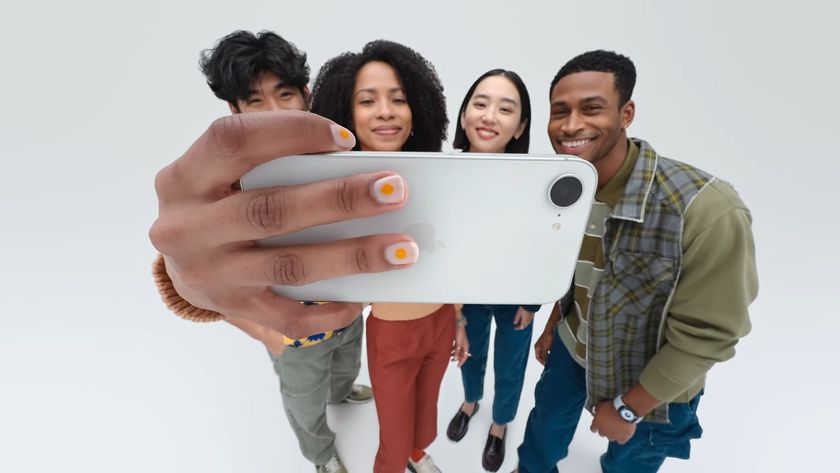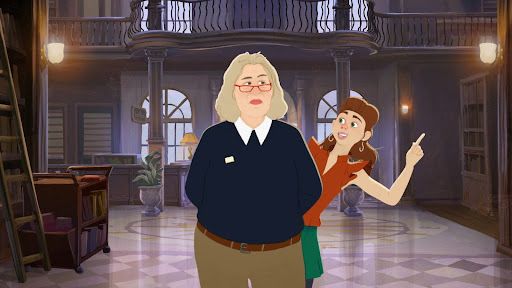How to encourage diversity in the design industry
What can be done to promote better representation.
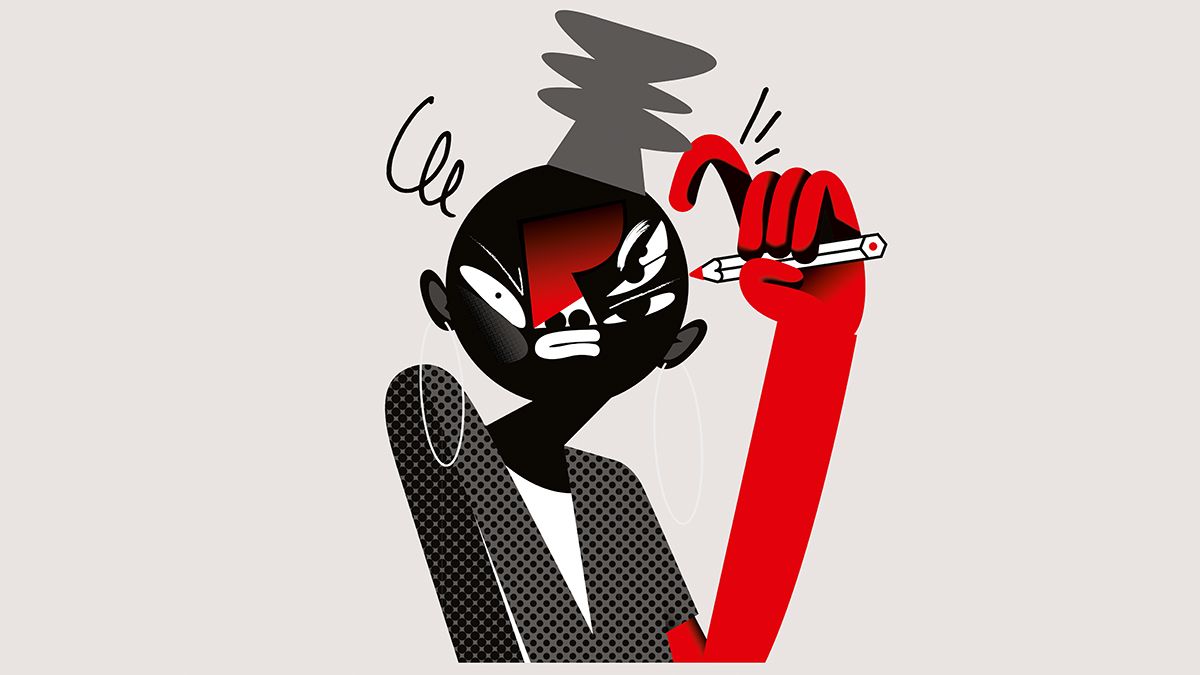
Design is dominated by white, able-bodied men. But it doesn’t have to be. What discourages people from entering the industry? And what can we all do to encourage more inclusivity?
A recent report issued by the UK Department of Digital, Culture, Media and Sport made for rather depressing reading. Despite the good news that design in the UK is thriving, employing 57 per cent more people in 2016 than 2011, it revealed that the industry is mostly white, male and from ‘more advantaged groups’.
Compare the figures to the national UK working population (UKWP), and the results are even more unsettling. While the UKWP has almost equal numbers of males and females, the UK creative industries is made up of 63 per cent males and 37 per cent females.
The report, did however, reveal some cause for optimism. Between 2015 and 2016, the number of designers from black, Asian and minority ethnic (BAME) backgrounds increased by a whopping 49 per cent.
Meanwhile the amount of women increased by 22 per cent, the second highest increase across all of the nine creative industries sub-sectors, after advertising and marketing. The number of EU nationals working in design also increased by almost 24 per cent in the same period.
If design agencies aren’t inclusive internally, they limit their ability to have a positive impact
Marianne Waite
But why does diversity matter? Aside from the ethical reasons too obvious to outline, inclusivity is also good for business. Diverse teams mean new approaches and new markets, and have been proven to be better at problem-solving. This is something that Hana Tanimura, who leads Google’s Creative Lab in London, has seen in practice.
“It’s true that very different people working together on a project can sometimes require putting in a little extra time to achieve the kind of shorthand understanding that comes quickly with people from similar backgrounds,” she says, “but from my experience, it’s precisely that light ‘friction’ that enables new kinds of thinking and new ideas to flourish.”
Get the Creative Bloq Newsletter
Daily design news, reviews, how-tos and more, as picked by the editors.
Marianne Waite, a disability activist who founded Think Designable – a collective that aims to better society’s relationship with disability – agrees. “If design agencies aren’t inclusive internally, they limit their ability to have a positive impact – the better the insight, the more accurate the output,” she says. “People with disabilities are often experts in adaptation, creative solutions and hacking.”
Having a diverse team could also help tap into groups you may have previously overlooked. For example, the UK’s black and minority ethnic population has an estimated spending power of £300 billion and Gov.uk puts the spend of disabled people and their families at £212 billion.
But with such a multitude of issues at play when it comes to diversity, the topic can be a tricky one to address head on – where do you start? We spoke to industry experts about some of the reasons why design isn’t already inclusive, and what you can do to tackle this.
Address financial and cultural barriers
There are several hurdles that prevent people from entering the design industry. “From my [West Indian] ethnic and cultural background, parents know the challenges their children will face in the workplace, so they encourage them to go into practices that are more likely to yield results,” says Greg Bunbury, who runs Bunbury Creative. “Parents are very cautious about pushing their kids into creative fields.”
Unpaid or poorly-paid internships and the London-centric industry are also likely to put off potential candidates. “If you look at what it costs to live in London now, it’s hugely prohibitive,” says Ansel Neckles, co-founder of Let’s Be Brief – a platform that aims to upskill and champion creative entrepreneurs. A Londoner by birth, Neckles says that he would never have been able to get into advertising were it not for his family home in the capital.
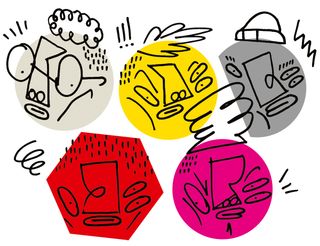
How can we address the creative industries’ image problem and show that design can be a rewarding – and lucrative – career choice? Both Bunbury, who didn’t meet another black graphic designer until well into his 30s, and Neckles, believe that visibility and role models are integral.
“The design industry can be a closed-loop environment,” says Neckles. “Knowing where those doors are generally comes from a knowledge of folks on the inside of those spaces. If you have no idea who to speak to, you can forever remain looking through the window wondering ‘how do I get in?’”
Helen Fuchs, design director at digital agency ustwo in Shoreditch, London, agrees. “Go out to a local comprehensive, just to show them that your career is there,” she says. “If kids don’t know anyone, or have a designer in their family, they won’t know how to get in.”
Although there’s probably not much (aside from campaigning) that you can do about greater wealth inequality or the undervaluing of the creative industries more widely, studios can make sure there are routes in for less privileged talent. You can start by paying interns the Living Wage, and could consider developing an apprenticeship scheme.
And everyone can support organisations aiming to widen access to creative careers, such as Pitch It, Let’s Be Brief and We Are Stripes with time, money or, even better, both.
Consider different routes into design
Another hurdle can be people not taking non-traditional qualifications seriously, says Haydn Corrodus, founder of We Are Stripes – which aims to address ethnic diversity imbalance in the creative industries. “If we are being honest, a lot of roles you can learn on the job, but job specs oversell what you need to have done.”
Women only apply for jobs when they feel they’re a 100% match, whereas men only feel they need to meet 60%
Bunbury agrees: “Everything I learned from how to set up a grid to how to pitch, I learned on the job.” When working for a larger agency, Bunbury spent every Friday afternoon holding portfolio reviews as an alternative way of spotting potential hires. “It takes a lot of time, but the results are worth it,” he says.
A policy of hiring on ‘potential’ rather than ‘proof’ also helps combat gender bias. Research by Hewlett-Packard found that women only apply for jobs when they feel they’re a 100 per cent match, whereas men only feel they need to meet 60 per cent of the requirements.
“If you really want to find talented people, you need to start having conversations in places that you don’t normally have them,” says Neckles. Building relationships with networks such as Pride AM, People of Creativity, Open Inclusion and Advertising and Disability can help make sure your job ads are reaching a broad spectrum of people.
And think outside the box – for example, Let’s Be Brief has a show about creativity on radio station NTS, whose motto is ‘Don’t Assume’. “Find people in the places that matter to them; you can’t assume they’ll gravitate towards you,” adds Neckles.
Build diversity into your recruitment process
Diversity recruitment goals can help. Digital agency ustwo has an agreement with its recruiter than 50 per cent of candidates must come from under-represented groups. “I’m sure that got me on an interview list,” says Fuchs. Evaluate your current process: is your recommendation scheme just bringing in identikit designers? Are your interview questions standardised to make for fair comparison? How gender neutral is the wording of your ad?
Starting a conversation about the language you use can lead you to interesting places. Social media platform Buffer changed the wording of its job ads from ‘hacker’ to ‘developer’, for example, in a bid to attract more women.
“The problem with bias,” says Wolff Olins’ Ije Nwokorie, “is that we all want to think we’re not. But we’re all human beings and we all form biases.” Organisations such as Altogether Different, Equality and Diversity UK and Creative Equals all offer unconscious bias training, which helps staff identify where those prejudices might come into play.
Given that research from totaljobs finds almost one in five hiring managers make a decision on a candidate within a minute of meeting them and 44 per cent decide after just 15 minutes, making sure your team is as open as possible is integral. You could also consider implementing blind portfolio reviews or using an organisation such as GapJumpers, which strips applications of identifying info.
It’s not just about recruitment, it’s about retention too – and that’s something you need to work at constantly
Helen Fuchs
Your interview process may also be discouraging or discriminating against talented candidates, including those with disabilities.
“It may be worth deviating from the standard interview process altogether and instead, provide a work trail or test,” suggests Waite. “Hypothetical or obscure industry terminology can be challenging to some people, as can questions that require overly imaginative answers,” she explains.
Make work places accessible
“It’s not just about recruitment, it’s about retention too – and that’s something you need to work at constantly,” says Fuchs. Luckily, many strategies for making sure people from under-represented groups thrive in the studio make the workplace better for everyone.
Karwai Pun, an interaction designer at Government Digital Service, which has been improving digital services for users with all types of disabilities, says: “Having people with disabilities on staff brings greater insight into usability testing, accessibility training and design discussions.
"Smarter ways of working such as remote working, home working or flexitime offer useful alternatives for all colleagues, not just those with disabilities.”
Similarly, many adjustments to your space – introducing height-adjustable desks or areas for quiet concentration – give greater flexibility to all staff. “Start by auditing your space to identify where the blockers are,” says Waite. “Invite some specialists in for the day to provide recommendations. It’s crucial that you don’t base changes on the experience of non-disabled employee assumptions.”
Encourage women's progression
“The drop off in women in advertising and design is huge,” says Casey Bird, president of SheSays, a networking organisation for women in the creative industries. “This is often because of a lack of support when it comes to motherhood and flexible work-life balance. This makes many women think, ‘What’s the point?’ and sack it off.”
In 2015, SheSays launched its Who’s Your Momma mentoring scheme (WYMM), which pairs female creatives at different levels of their careers, to provide a soundboard on challenges such as how to ask for pay rises or deal with gender bias. “Until I started working at SheSays, I could barely count the number of senior women I knew on one hand,” recalls Bird. “Programmes like WYMM really help break the cycle.”
Roshni Goyate, co-founder of The Other Box – a platform for increasing diversity in creative industries – agrees: “I specifically wanted a brown, female, working class, not privately educated senior person as a mentor,” she says. “I asked everyone I knew, and most had basically never worked with another person of colour. It made me feel like I have no place in this industry. I honestly thought about quitting and starting a whole new career.”
Mentoring schemes can also be run internally. King, the games company behind Candy Crush Saga, runs a scheme called Women@King, which promotes equal opportunities for women in gaming. King is also involved with RoyaLGBT & Friends, a global network that supports LGBT+ employees and allies.
Interestingly, King has recently started reframing ‘diversity’ as ‘inclusion’. “With inclusion, we look as whether people feel respected and valued,” says the company’s diversity and culture manager Natalie Mellin, who also points out that people usually fit into more than one ‘category’.
“From an intersectional perspective, I’m not just a woman – I also have a sexual orientation, a skin colour, and so on,” she says. “There will be different issues for gay women, for black women.”
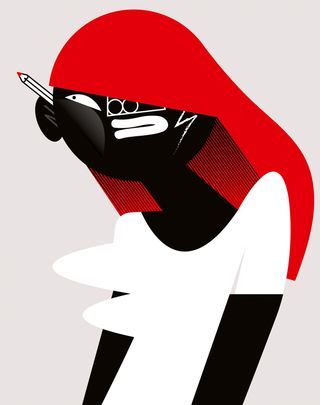
This thinking has also bled into King’s products. In its workshop scheme called Crush The Norm, designers can identify ways they are portraying gender or race (even in squirrels) and learn to challenge stereotypes. “There’s a growth in the type of people that are gamers today because of the mobile phone,” explains Mellin. “We want everyone to feel included.”
Agency ustwo has also made a conscious move towards gender equality. Designed to disrupt the statistic that only 12 per cent of creative directors in London are female, ustwo’s new leadership programme for female employees involves women sitting in on all leadership meetings. “If you see how decisions are made, you’re more likely to think, ‘I can do that’,” says Fuchs.
In March, the studio announced that male and female employees can now both take the same maternity leave – six months paid leave – and in the past year they’ve reduced their gender pay gap from 13 per cent to 3.5 per cent by in-depth analysis of pay difference and why it happens.
Your accessibility and diversity champions should actively attend events and share stories on social media.
Karwai Pun
The studio regularly blogs about its diversity challenges and strategies – something Pun stresses is important. “Your accessibility and diversity champions should actively attend events and share stories on social media.” This is not bragging or virtue signalling, but a way to flag to designers from under-represented groups that your company would be an inclusive place to work.
Both Sairah Ashman – Wolff Olins' newly appointed (and first female) CEO and Ije Nwokorie, who she succeeds, suggest that part of overcoming the disparity between the number of female employees and female leaders is redefining what those top jobs look like. “You have to be honest enough to interrogate why women are not attracted to that position,” says Nwokorie. Ashman adds: “I’m a relatively quiet person, you wouldn’t hold me up as a poster woman for leadership, but at Wolff Olins, we’ve broadened the platform enough that you can pull up lots of different people and points of view.”
To address this, employees could reconsider increasing employees’ access to training and experiment with reverse mentoring, where the creative director shadows a junior employee to see where issues may be arising. Clear goals for progression and promotion can help and, in case things go wrong, make sure your HR support is as independent as possible.
Promote existing diversity
Knowing your own value is also integral for those from under-represented groups. It can help to push the industry to value diversity more widely. “Embrace your cultural identity; it’s not necessarily a barrier,” says Bunbury. “In all things you do, you should be drawing from a wide creative cultural palette, it’s the thing that will give you uniqueness and make your work stand out,” he explains.
Self-promotion and putting yourself forward may also deter some people. “At the beginning of my career I struggled to speak out,” says Roz Fraser, senior designer at GBH, “but I’ve been fortunate to work under both men and women who have pushed me, and now I feel a lot more confident at self-promotion.”
Alice Tonge, head of 4creative, agrees: “If someone shoots you down you’ve got to keep on going. Be resilient and relentless.”
Resources like Otegha Uwagba’s new title Little Black Book are invaluable for creative women – and indeed all creatives – in developing strategies for things that hold them back.
Make a difference
When you’re not in a managerial role or are self-employed, it may feel like changing an industry-wide diversity issue is out of your grasp, but there are lots of things you can do. “Talk about it,” says Kath Tudball, design director at The Partners. “Notice hidden biases and inequalities and speak up about them.”
Employers want the best staff working for them, and if they realise they’ve got a rep problem then that starts to have an effect
Otegha Uwagba
From calling out offensive office ‘banter’ or refusing to sit on judging panels or give talks unless there’s a representative mix of people to asking new employees whether they’re okay with whatever pronoun you have assumed to use, being open and honest is a good way to start being an ally.
Push clients to rethink their audience or include more diverse faces in their campaigns, and draw on resources like illustration network Women Who Draw (where you can find female, LBTQ+ or people of colour specialist illustrators), racially diverse photo library Autograph Media and stereotype-bashing modelling agencies, such as Campbell Addy’s Nii Agency.
Uwagba, who founded the creative networking platform Women Who, says that even freelancers have the ability to make a difference. “It’s about the companies you endorse. Vote with your feet. Employers want the best staff working for them and if they realise they’ve got a rep problem then that starts to have an effect.”
Neckles sums up why you should be addressing diversity: “If you’re serious about existing, then you should be serious about widening the pool of people that you work with and learn from.”
This article was originally published in issue 271 of Computer Arts, the world's best-selling global design magazine. Buy issue 271 here or subscribe to Computer Arts here.
Related articles:

Thank you for reading 5 articles this month* Join now for unlimited access
Enjoy your first month for just £1 / $1 / €1
*Read 5 free articles per month without a subscription

Join now for unlimited access
Try first month for just £1 / $1 / €1


